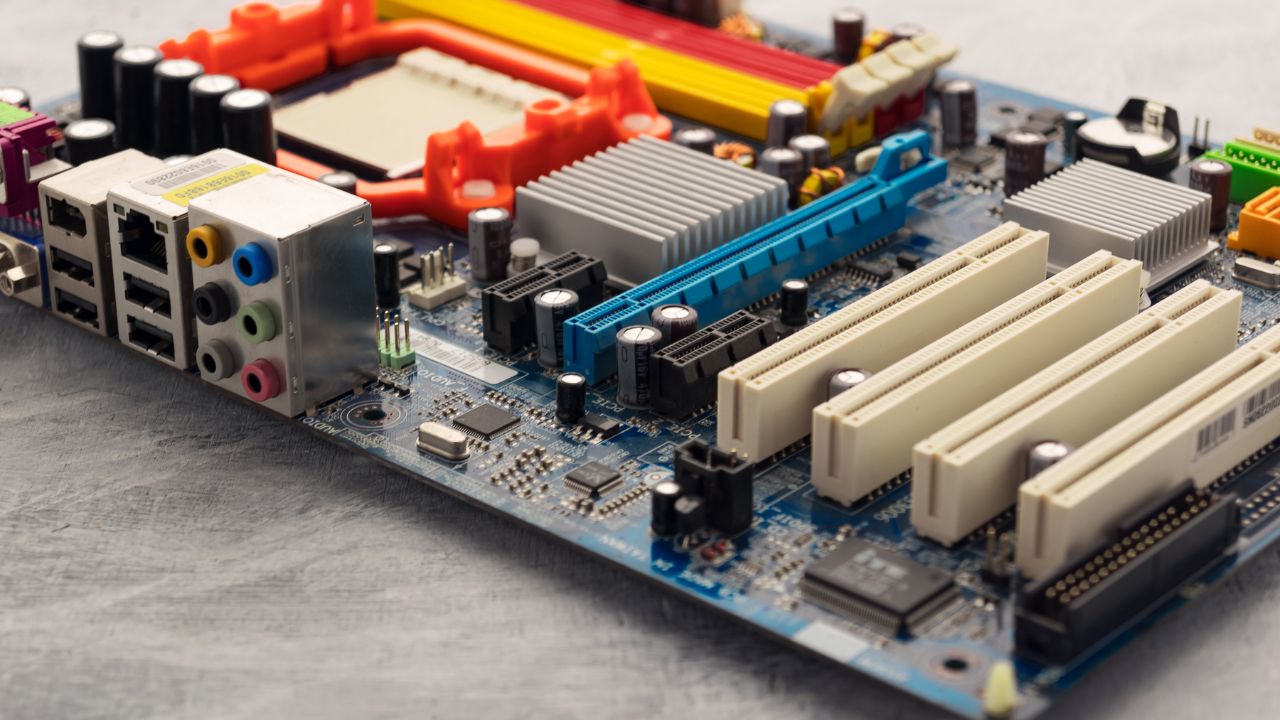In the fast-paced world of financial markets, alternative trading systems (ATS) have become essential platforms for trading securities outside traditional exchanges. Integrating these systems is crucial for traders, investors, and financial institutions.
An ATS API provides the connectivity and functionality needed to interact seamlessly with trading systems. However, finding the ideal ATS API for your needs can be daunting. This guide will help you navigate this complex landscape, ensuring you make an informed decision.
Understanding ATS And Their Importance
What Are Alternative Trading Systems?
Alternative Trading Systems are non-exchange trading venues that match buyers and sellers of securities. They provide an alternative to traditional exchanges. ATS platforms can include Electronic Communication Networks (ECNs), dark pools, and other types of off-exchange trading systems.
Why Use An ATS?
ATS platforms offer several advantages, including:
– Liquidity: Many ATS platforms aggregate orders from multiple sources, increasing liquidity.
– Speed: Advanced technology enables faster trade execution.
– Anonymity: Dark pools and other ATS can offer anonymous trading, which is beneficial for large trades to avoid market impact.
– Flexibility: Access to a wide range of securities and trading options not always available on traditional exchanges.
The Role Of Apis In ATS
What Is An ATS API?
An ATS API is a set of protocols and tools for building software and applications that can interact with an ATS. APIs facilitate the exchange of data between different software systems, enabling real-time trading, order management, and market data retrieval.
Benefits Of Using An ATS API
– Automation: Automate trading strategies and order execution.
– Real-Time Data: Access to live market data for informed decision-making.
– Customizability: Tailor trading systems to specific needs and strategies.
– Efficiency: Simplify operations and reduce manual intervention.
Key Considerations When Choosing An ATS API
Compatibility And Integration
Ensure the API is compatible with your existing systems and software. Seamless integration is crucial for efficient operations. Look for APIs that support common programming languages and have robust documentation.
Performance And Reliability
Performance metrics such as latency, uptime, and throughput are critical. A high-performing API ensures quick order execution and reliable access to market data. Check for service level agreements (SLAs) that guarantee uptime and performance.
Security
Ensure the API uses advanced encryption and complies with industry standards. Features like two-factor authentication and IP whitelisting add extra layers of security.
Cost
Cost structures can vary widely. Some APIs charge based on the number of API calls while others have subscription models. Consider your budget and usage patterns to find an API that offers the best value for money.
Support And Documentation
Comprehensive documentation and responsive customer support can save you significant time and effort. Look for APIs with detailed guides, tutorials, and a strong support network, including forums and dedicated support teams.
Evaluating Popular ATS Apis
FIX Protocol API
The Financial Information Exchange (FIX) protocol is widely used in the trading industry. FIX APIs are known for their reliability and standardization, making them a popular choice for institutional traders. However, they can be complex to implement and may require specialized knowledge.
Restful API
RESTful APIs are user-friendly and widely used in various industries, including trading. They offer simplicity and ease of use, making them ideal for smaller trading firms or individual traders. However, they might not offer the same level of performance as FIX APIs for high-frequency trading.
Proprietary API
Some ATS providers offer proprietary APIs tailored to their platforms. These APIs can offer unique features and optimizations specific to the ATS. However, they can also lead to vendor lock-in, limiting your flexibility to switch platforms in the future.
Steps To Implement An ATS API
Define Your Requirements
Before selecting an API, clearly define your requirements. Consider factors like the types of securities you trade, trading volumes, latency requirements, and budget constraints.
Evaluate And Test APIs
Request demo accounts or trial periods to test different APIs. Evaluate their performance, ease of integration, and the quality of support. Simulate your trading scenarios to see how well the API meets your needs.
Develop And Integrate
Once you’ve selected an API, begin the development and integration process. Follow best practices for API development, including thorough testing and security assessments. Collaborate with your IT and trading teams to ensure a smooth integration.
Monitor And Optimize
After implementation, continuously monitor the API’s performance. Use analytics to identify any issues or areas for improvement. Regularly update your systems and practices to keep up with technological advancements and market changes.
Conclusion
Choosing the right ATS API is crucial for optimizing your trading operations. You can find an API that meets your specific needs by considering factors such as compatibility, performance, security, cost, and support.
Remember to thoroughly test and evaluate potential APIs before making a decision, and continuously monitor and optimize your systems post-implementation.
With the right API, you can enhance your trading strategies, improve efficiency, and achieve better trading outcomes.
Looking to modernize your alternative asset transactional experience? At Brassica, we offer tailored solutions for Investment Platforms, including transfer agent activities, escrow services, distributions, and custody. Let’s revolutionize your investment operations together.









